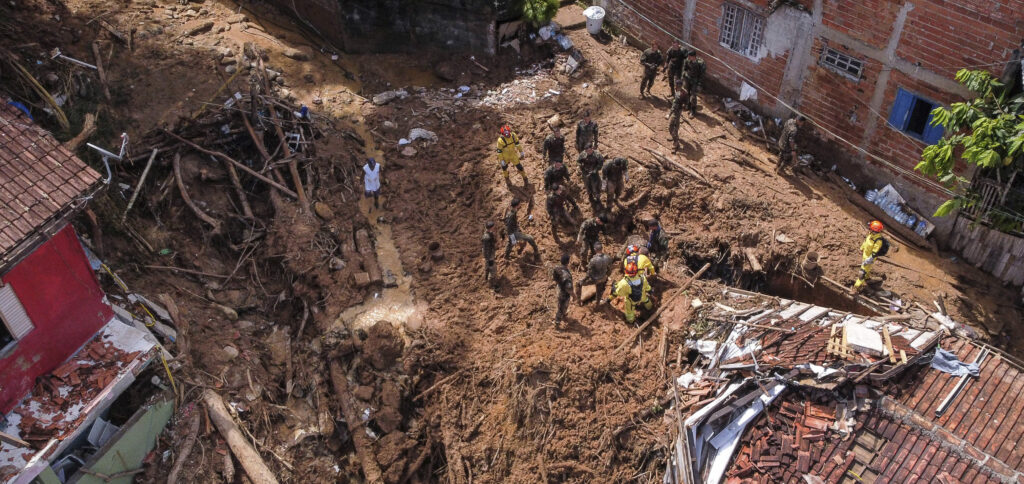It was the rains – double the amount expected for February, the largest volume accumulated in Brazil's history – that caused rivers of mud that swept away houses built on the slopes of São Sebastião.
ADVERTISING
The volume of water was greater than that of the storm that hit the city of Petrópolis in 2022, in the mountains of the state of Rio de Janeiro, where 260 mm of water left 241 dead.
But can we say that this is rain, or the result of an extreme weather event, caused by human action?
What does the expert say?
Why does Brazil experience increasingly frequent devastating storms?
ADVERTISING
Francis Lacerda, researcher at the Climate Change Laboratory at the Agronomic Institute of Pernambuco, goes straight to the root of the phenomenon:
"It is a consequence of global warming, which has generated more extreme events in Brazil as a whole, in South America and on the entire planet. In the southeast, north-central west and northeast, in the last 30, 40 years we have seen a change in the rainfall pattern, a decrease in total rainfall, however, an increase in these episodes”, he assesses.
“A large amount of greenhouse gases is stored in the oceans, which alters ocean currents. This causes a change in the distribution of heat from the poles to the Equator (…) causing more extreme events.”
ADVERTISING
Can it happen anywhere in the country?
“It can happen anywhere (…) in the case of the North coast there is Serra do Mar. These areas have a greater degree of vulnerability. The pattern was intensified by Serra do Mar and the passage of the cold front with more intense sea winds”.
Could the number of victims have been avoided?
“It is a tragedy announced. From the 18th and 19th (February) the (meteorological) models began to realize that there was a high probability of a phenomenon like this happening there, providing a sufficient amount of information so that the Civil Defense could evacuate these areas. Furthermore, we have another problem: municipalities, state governments and the federal government itself have not prepared themselves for climate change.”
In Brazil, 9,5 million people live in areas at risk of landslides or floods, according to official data. How can this problem be combatted?
ADVERTISING
“There are several things that can be done. One of them is to remedy the housing deficit. Poor peripheral people are practically pushed into these risk areas and have no alternative. Every effort must be made (…) with an eye on reformulating these urban public policies”.
(Source: AFP)
Read also




